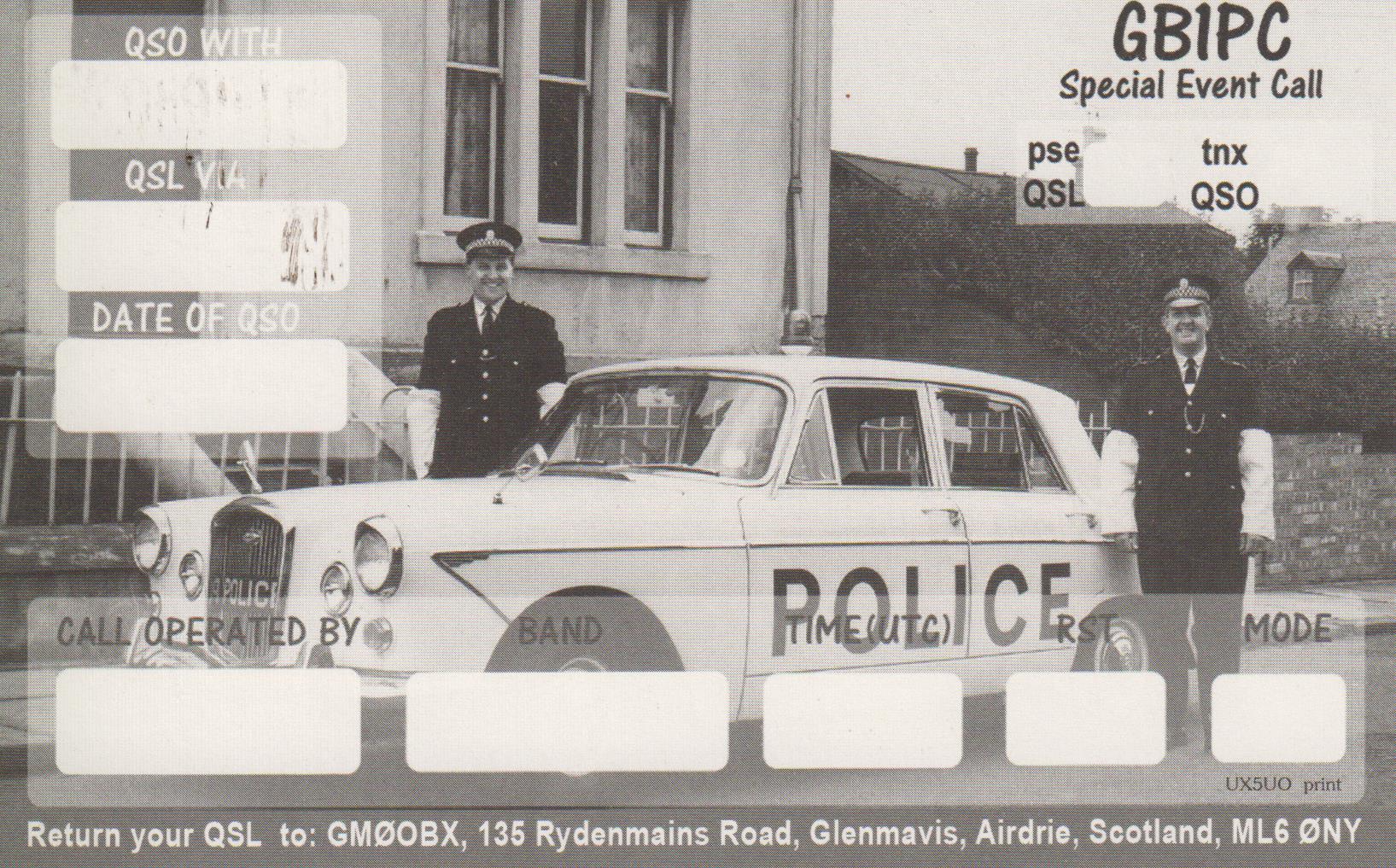The latest batch of the GB1PC special event cards have been mailed today.
Bureau cards for this event have also been prepared ready for the next mailing.
If you require a card please use M0OXO OQRS. Thank you.

The latest batch of the GB1PC special event cards have been mailed today.
Bureau cards for this event have also been prepared ready for the next mailing.
If you require a card please use M0OXO OQRS. Thank you.

Craig VK5CE is now qrv from IOTA OC-173.
VK5CE/8 has arrived and started his Dxpedition from Bathurst Island, Northern Territory, Australia. Known as ‘the islands of smiles’, the Tiwi Islands, are located 100 kilometres north of Darwin, where the Arafura Sea joins the Timor Sea.
The Tiwi Islands comprise Bathurst and Melville Island, and nine smaller uninhabited islands: Buchanan, Harris, Seagull, Karslake, Irritutu, Clift, Turiturina, Matingalia and Nodlaw. Melville Island is Australia’s second largest island after Tasmania.
Almost 90% of the people living in the Tiwi Islands are of Aboriginal descent. They have occupied the Tiwi Islands for around 7,000 years.
Check out Craig’s website at http://oc173.blogspot.co.uk/
NASA’s Pluto-bound New Horizons spacecraft has traversed the orbit of Neptune. This is its last major crossing en route to becoming the first probe to make a close encounter with distant Pluto on July 14, 2015.
The sophisticated piano-sized spacecraft, which launched in January 2006, reached Neptune’s orbit — nearly 2.75 billion miles (4.4. billion kilometers) from Earth — in a record eight years and eight months. New Horizons’ milestone matches precisely the 25th anniversary of the historic encounter of NASA’s Voyager 2 spacecraft with Neptune on 25th of August 1989.
A visually beautiful solar flare erupted from the east limb of the sun yesterday.
Extreme UV radiation briefly ionized the upper layers of Earth’s atmosphere; otherwise, our planet was not in the line of fire.
The responsible sunspot will turn toward Earth in the days ahead, boosting chances for geoeffective solar activity as the week unfolds.
Solar-terrestrial indices for 25th August are – Solar flux 141 and estimated planetary A-index 4. The estimated planetary K-index at 0300 UTC on the 25th August was 0.
7J4AAL in Japan is now the largest Yagi for 160m meters.
A “full size”, 3 elements, a monster on top of a 200 feet (60mts) rotating tower.
Solar activity has been low for weeks. A new sunspot turning toward Earth could change that.
AR2149 announced itself on the 21st of August with a M3-class solar flare that sent waves of ionization coursing through Earth’s upper atmosphere.
The active region appears capable of more eruptions in the days ahead.
A team of Russian cosmonauts has deployed the Peruvian Chasqui-1 Amateur Radio CubeSat into orbit during a spacewalk from the International Space Station (ISS).
Expedition 40 Flight Engineers Alexander Skvortsov and Oleg Artemyev released the tiny, 1 kg spacecraft at 1423 UTC on August 18. Chasqui-1 is a project of the Peruvian National University of Engineering (Universidad Nacional de Ingenieria or UNI), in collaboration with the Southwestern State University in Kursk, Russia. According to AMSAT-UK, the CubeSat’s batteries were charged last week.
It was launched in February 2014 on board a Progress cargo craft.
Cezar (VE3LYC) and Bob (KD1CT) will attempt to operate from Matthew Is. (OC-218) for 4 days between Sep 1 and 9, 2014. They will maintain one station on the air around the clock, operating on all bands from 10 to 40 m, CW and SSB
Matthew Is. is located approximately 500 km east of Noumea, the capital city of New Caledonia. The island is a stratovolcano, with steep edges, quasi-circular in shape, and a radius of about 400 m. It actually includes two conical shaped islands linked by a rocky isthmus about 200 m long. This isthmus is submerged at strong tide and high ocean swell. Heavy rain floods its southern part forming a wetland.
Check out their website by clicking the image for more updates and information about the activation of this rare Island.
Richard, M0UOO will be qrv from Ukraine from September the 4th 2014.
He will use the Callsign UR3/M0UOO/P and will be QRV in the Koval region of the Ukraine on 40, 20, 17, 15 and 12m SSB.
Qsl via M0OXO OQRS